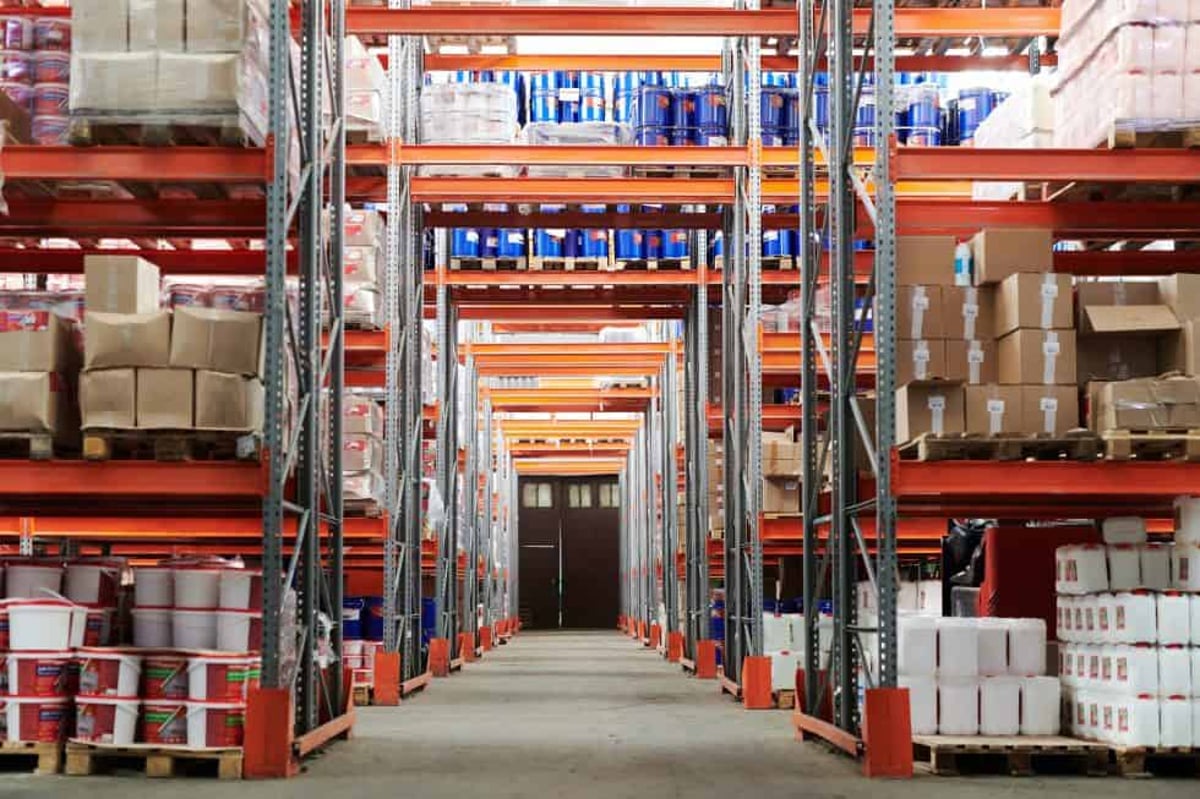Warehouse inventory management is the bedrock of a flourishing enterprise. Even if your facility is running smoothly, there are plenty of ways to improve your warehouse functionality, especially if you’re expanding and need a scalable system.
The Benefits of an Organized Warehouse
Organization leads to efficiency—to put it plainly, the less time it takes for your workers to retrieve items and stock products, the faster they can complete other tasks. But managing your inventory and optimizing your warehouse layout has many other benefits. Clear pathways help improve aisle space and increase visibility, which lowers the possibility of safety incidents. Worker productivity (and morale) leads to higher customer satisfaction because their orders will be fulfilled quickly and accurately. When space is optimized, more space can be allocated for additional inventory and other solutions.
No matter the size of your warehouse, no matter what you stock or where you are located, a thoughtful layout focused on functionality and ease of use will pay dividends in the short and long term.
How to Organize Your Warehouse Inventory
Don’t know where to begin? Here are some simple ideas to get you started:
Tip 1 – Optimize Your Warehouse Layout
Look at the areas in your warehouse and brainstorm ways to make it comfortable, efficient, and safe for moving crates around. Adding information labels and photographs cuts down on the time workers have to spend looking for things, which is especially helpful for new hires and larger warehouses. Take some time to evaluate how you pull items together—are similar items near each other? If you build kits, are those items scattered all over the warehouse? Keeping heavy items on the ground level and clearing out obstacles or unnecessary clutter prevents both injuries and bottlenecks.
Tip 2 – Boost Employee Communication
Clear communication is important for any successful business, but when it comes to warehouses, it’s absolutely essential. Provide employees with two-way radios or cellphones so comms can happen in real-time, greatly reducing error rates and misunderstandings. It also helps give your employees some agency in their duties. Remember to ask for their ideas and invite their input on best practices—since your frontline team works directly with the product, software, and overall warehouse layout, they have invaluable ideas about improving efficiency.
Tip 3 – Maintain Your Picking Equipment
If you are looking for a solution that will have an immediate impact on your operations, supply your workers with wearable and/or handheld scanning devices (like QR or barcode readers). Ideal for preventing picking errors, these devices notify workers right away if they scan the wrong item so potentially inaccurate orders never leave the shelf.
Tip 4 – Improve Storage Solutions
When surveying your warehouse, consider how your items are stored and organized. Take advantage of vertical space to stack goods higher and use forklifts or automated retrieval systems to retrieve them. For seasonal items, consider using mobile storage shelving so these items can be relocated easily when they’re no long relevant. For heavier items, make sure they are stored on sturdy, durable shelving that can handle the weight. Stacking self-storage bins can be used for smaller items.
Tip 5 – Employ Warehouse Management Software
Warehouse management system (WMS) software is an essential tool for managing your warehouse workflow. When a WMS is employed effectively, orders are managed automatically, greatly reducing the potential for lost or misplaced items due to errors in manual input, like in Excel. Fulfillment that is controlled and regulated throughout the system increases your bottom line and customer satisfaction. If you’re planning on upgrading your warehouse within the next few years, WMS software can flex and adapt to meet your needs.
Tip 6 – Rethink the Receiving Area
Sometimes business as usual isn’t the best mindset—just because your receiving area has met your basic needs doesn’t mean that area has been optimized for effective use of space. Look over your receiving area with a critical eye: do your workers have enough room to move freely? Are the products organized in an intentional way? Is there ample space to scan new items into the inventory control system? Put yourself in the shoes of your workers to see what works best for them.
Tip 7 – Plan Ahead
An ideal approach to organizing your warehouse is to keep in mind that the decisions you make now are not set in stone. Whatever changes you make to address your current needs should also incorporate what changes you anticipate in the future. Frequent analysis of your space and your workers’ ease of use should be a regular part of running your business, not tucked away and only addressed when critical issues arise. Create adaptable designs, move best selling items closer to the shipping dock, and make larger changes during slower times.
If your focus is on constant improvement and optimization, your warehouse’s space and layout will grow alongside your company for years to come.
Rethinking your inventory storage ideas is one of the best ways to improve your warehouse. If you’re looking for more useful ways to improve your space, seek out the team at Extensiv Warehouse Manager. Our cloud-based inventory management system, topShelf, is an intuitive and accurate tool that can help with all your inventory management needs.
Book your demo today!







